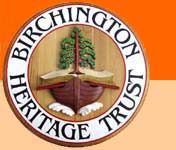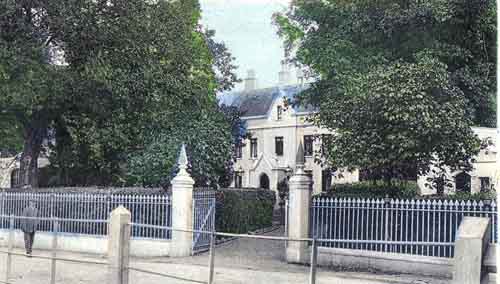During 1917 Spurgeon’s Boys’ Orphanage in Stockwell celebrated its Golden Jubilee with a large Fund Raising campaign. The Orphanages had already bought a ‘Seaside Holiday Home’ in Cliftonville, bought in 1899) the building now occupied by Martell Press. The old name is still just visible at the top of the façade. As a result of the fund raising, the Trustees of the charity decided to buy Birchington Hall and forty acres of its farmland in 1919. For a while, the Cliftonville and Birchington sites were both being used, but by 1923, the Cliftonville Home was sold and from then on, the children came down to Birchington for their holidays or recuperation from illnesses.
The house and farm continued to be used in this way until the outbreak of World War 2, when the children in Stockwell were evacuated to Reigate and Dorking in Surrey. After the war, the Trustees of the Orphanages decided that the Stockwell buildings were in such a poor state, it would be wiser to sell them for building land and use the capital to build new accommodation for the children in Birchington. Thus, in 1951, the first section of the development, the Boys’ blocks, were opened and the boys moved down, followed by the girls two years later. The Chapel was built in 1961 and stood at the rear edge of the site. It was used for Sunday Evening and weekday Services, as the children all went to their own denominations of churches on Sunday mornings.
In the meantime, they began using the Hall as the Baby Home, a new venture on their part. This continued until 1961, when a new Baby Home was built alongside the other new ‘cottages’ at the rear of the old house. For the next few years, the Hall was used as office accommodation for all the administrative work the Homes entailed. By 1970, even this was no longer required and the old house was sadly demolished. The Homes eventually closed in 1978 and after their sale to Sterling Homes in 1980, Birch Hill estate was built there.
The development of the last area on the estate, which covered the part where the old house had stood, was delayed until 2000, when Ash Tree, Cedar and Pine Tree Close were built. The rest of the roads on the estate have perpetuated the link with the Homes by being named after some of the men associated with the Orphanages in their early days.


